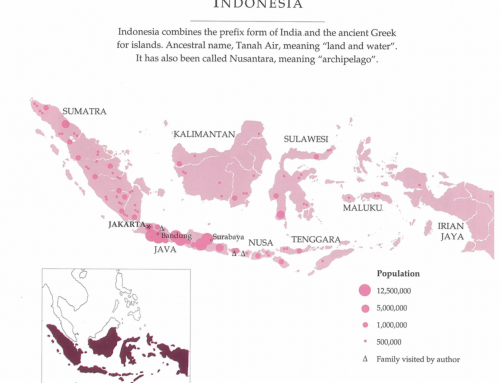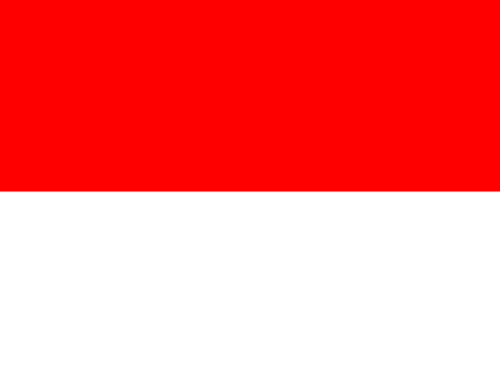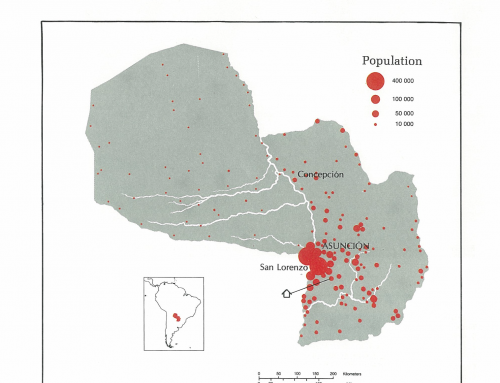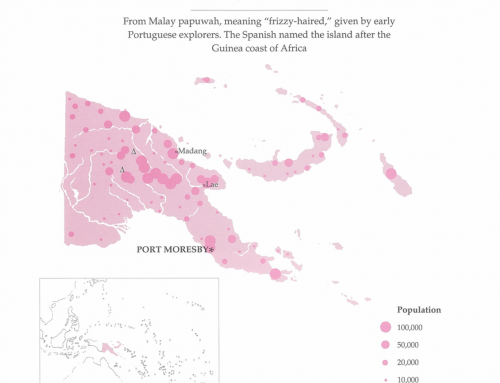GEOGRAPHY
The eastern half of the island of New Guinea is mountainous, with coastal lowlands of marshes and plains, including sorne of the most extensive swampland in the world.
There are severallarger outlying islands of volcanic origin; and 600 smaller, mainly coral-reef islands. Max. altitude: 4,519 m. (14,827 ft.) (Mt. Wilhelm)
Area: 452,862 sq. km. (174,850 sq. mi.)
Density: 9 pers./sq. km. (23 pers./sq. mi.) (1993)
Arable land: 0.1% (1989-90)
Forest: 84% (1989-90)
Climate: Equatorial, with high heat, humidity, and rainfall. Temperatures are cooler in the highlands. Monsoon season from December to March
View more statistics
History
First settled by peoples from South-East Asia via Indonesia as long as 50,000 years ago.
7000 BC: Evidence of irrigated vegetable gardens suggests the highland peoples were some of the world’ s first agriculturists.
1000 AD: Contacts made with Indonesia and China.
1545: Spanish explorer Ortiz de Retes names the island Nueva Guinea.
1828-1962: The Dutch claim western half of New Guinea as part of the Dutch East Indies and administer it until it becomes part of Indonesia as Irian Jaya.
1884: Southeastern portion annexed by Britain; north-eastern portion annexed by Germany.
1906: British New Guinea, under the name of Papua, is transferred to Australian administration.
1921: Mandate for administration of German New Guinea is given to Australia by League of Nations.
1930: Previously undiscovered civilization of nearly one million people found in unexplored highlands.1942: Occupation by the Japanese begins. Mainland portion and outlying islands are recovered by Australian and US forces in stages.1949: Papua and New Guinea are combined under Australian Mandate Sept; 16, 1975: Papua New Guinea achieves full independence.1976: After threats of secession; Bougainville is granted provincial government status and becomes self governing.
CAPITAL: Port Moresby, pop. 190,000 (1991)




